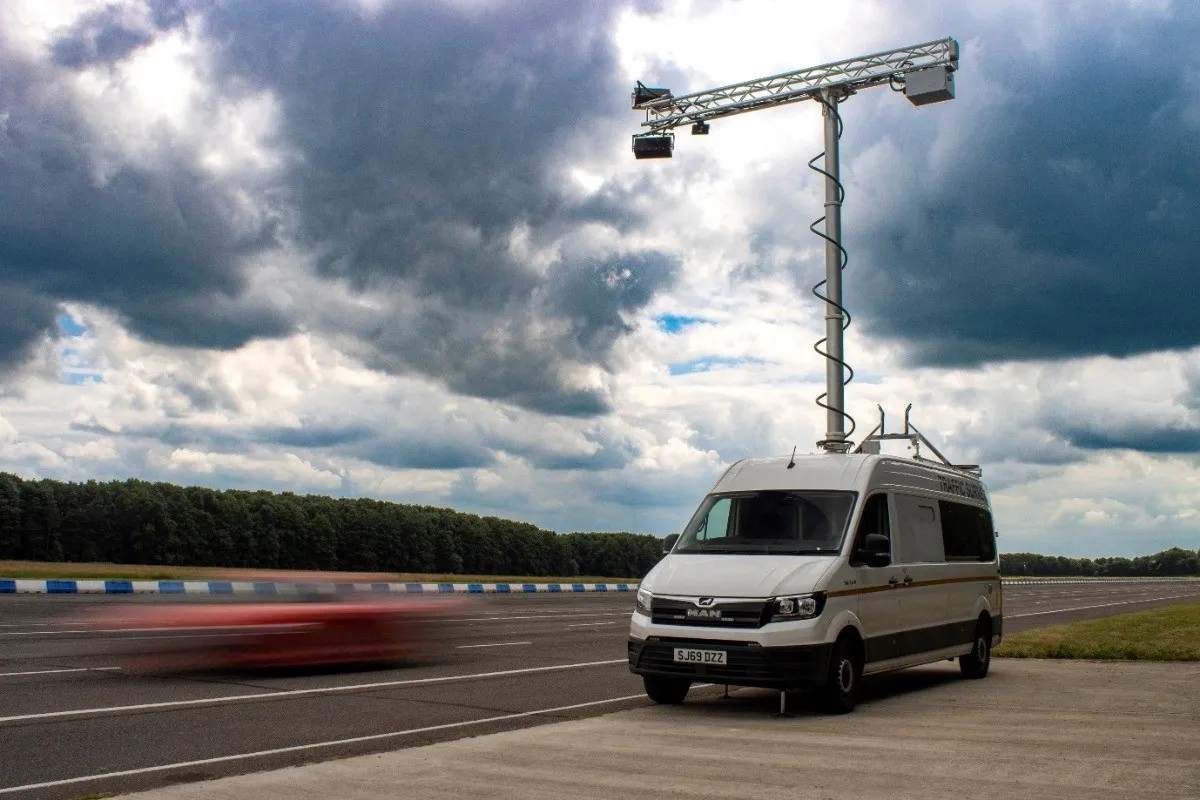
US pedestrian deaths in first half of 2024 fell slightly from 2023 but they are 12% higher than 2019 - and up a “shocking” 48% since 2014.
Over the past decade, deaths of people on foot have risen at a pace nearly seven times higher than US population growth, according to the Governors Highway Safety Association (GHSA), a nonprofit association representing the highway safety offices of states, territories, the District of Columbia and Puerto Rico.
Each year, GHSA offers the first look at state and national trends in pedestrian traffic deaths from January through June based on preliminary data provided by State Highway Safety Offices.
The GHSA's analysis - done by research firm Westat - found that drivers killed 3,304 pedestrians in the first half of 2024, down 2.6% from the year before. While that’s 88 fewer fatalities than during the first six months of 2023, the GHSA said that it represents a “staggering” 1,072 more pedestrian deaths than in 2014.
A combination of overlapping and interrelated factors account for the latest statistics, said the GHSA in a written statement.
- A steep drop in traffic enforcement nationwide since 2020 has let dangerous driving behaviours “run amok”.
- Roads are largely designed to prioritise fast-moving vehicle traffic instead of slower speeds that are safer for people on foot.
- Many communities lack infrastructure - such as sidewalks, crosswalks and lighting - that help protect pedestrians.
- Also, people are driving “larger, heavier vehicles that are more likely to injure or kill people walking”.
“Every day, 18 people don’t return home after taking a walk. That’s unacceptable,” said Jonathan Adkins, chief executive of the GHSA. “While recent incremental progress is welcome, it doesn’t disguise the fact that the numbers moved in the wrong direction over the past decade. The only acceptable number of traffic deaths is zero."
“We must continue to push for an all-in safety approach that protects people on foot from the dangerous behaviour that are all too common on our roads,” continued Adkins. “By encouraging drivers and pedestrians to implement safe practices, supporting the enforcement of traffic laws and implementing infrastructure improvements, we can turn the tide on pedestrian fatalities.”
The decline in pedestrian deaths in the first half of 2024 mirrors the recent trend in overall traffic fatalities. Total roadway deaths fell 3.2% during the first six months of last year, according to the National Highway Traffic Safety Administration (NHTSA).
However, much like pedestrian deaths, overall traffic fatalities remain well above what they were five and 10 years ago. The 18,720 roadway deaths in the first half of 2024 are up 10% from the 17,025 reported during the same period in 2019 and up 25% from 15,035 in 2014.
At the state level, this latest GHSA report indicates that pedestrian fatalities decreased in 22 states while 23 states and the District of Columbia experienced increases.
The numbers were unchanged in five states. Seven states reported two consecutive decreases in pedestrian fatalities for the first half of the year, while four have experienced two straight increases.
GHSA said it will publish a second comprehensive Spotlight report later this year. It will include state pedestrian fatality projections for all of 2024, an analysis of 2023 data from NHTSA’s Fatality Analysis Reporting System and an overview of proven strategies which states and communities are employing to help prevent pedestrian injuries and fatalities.







